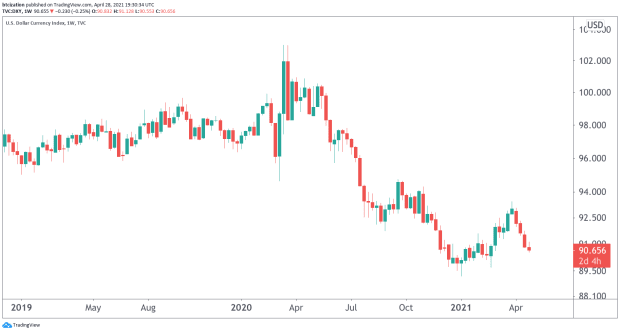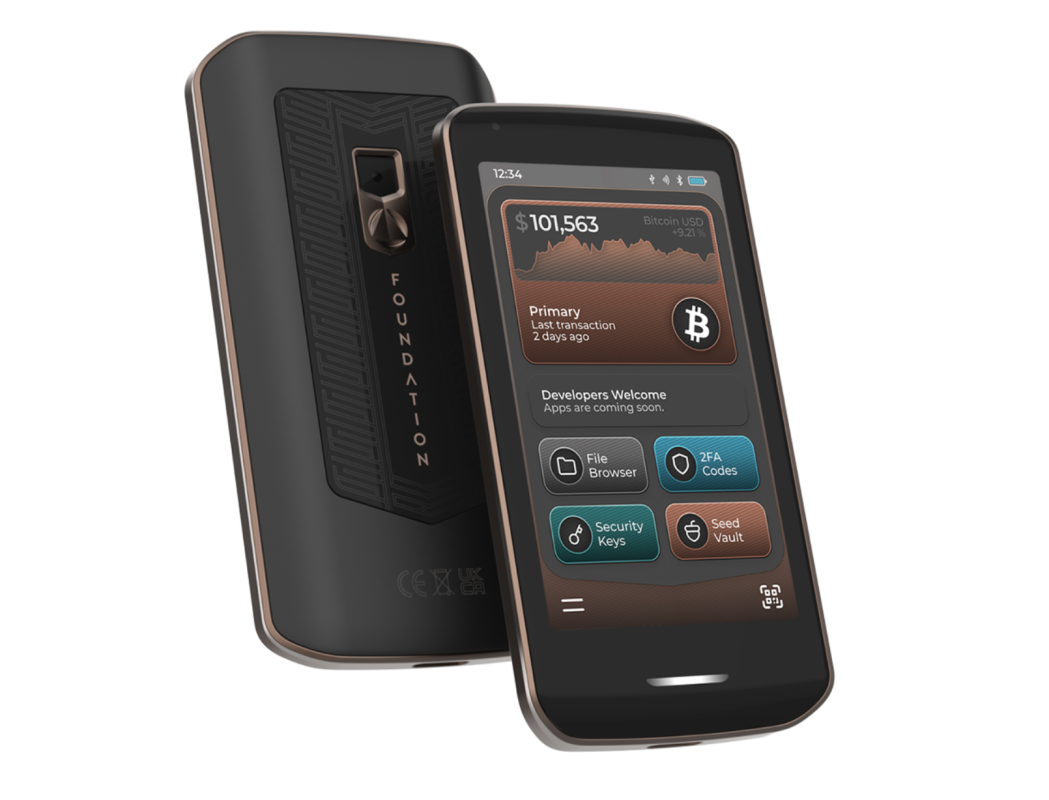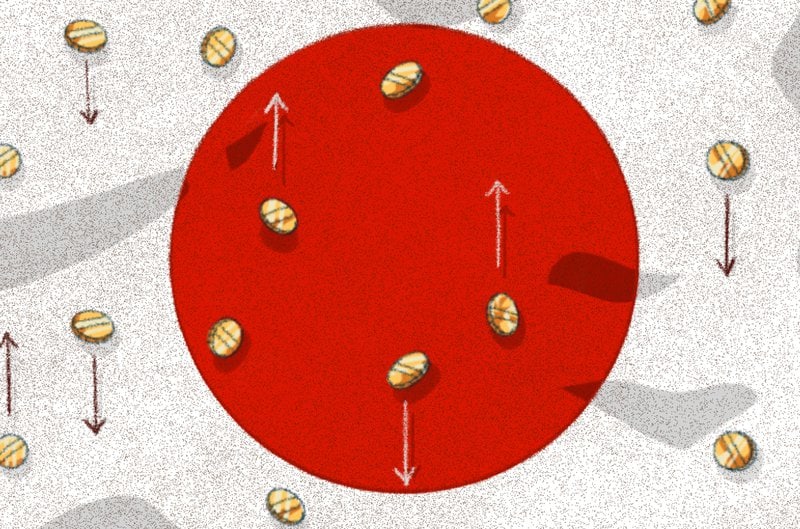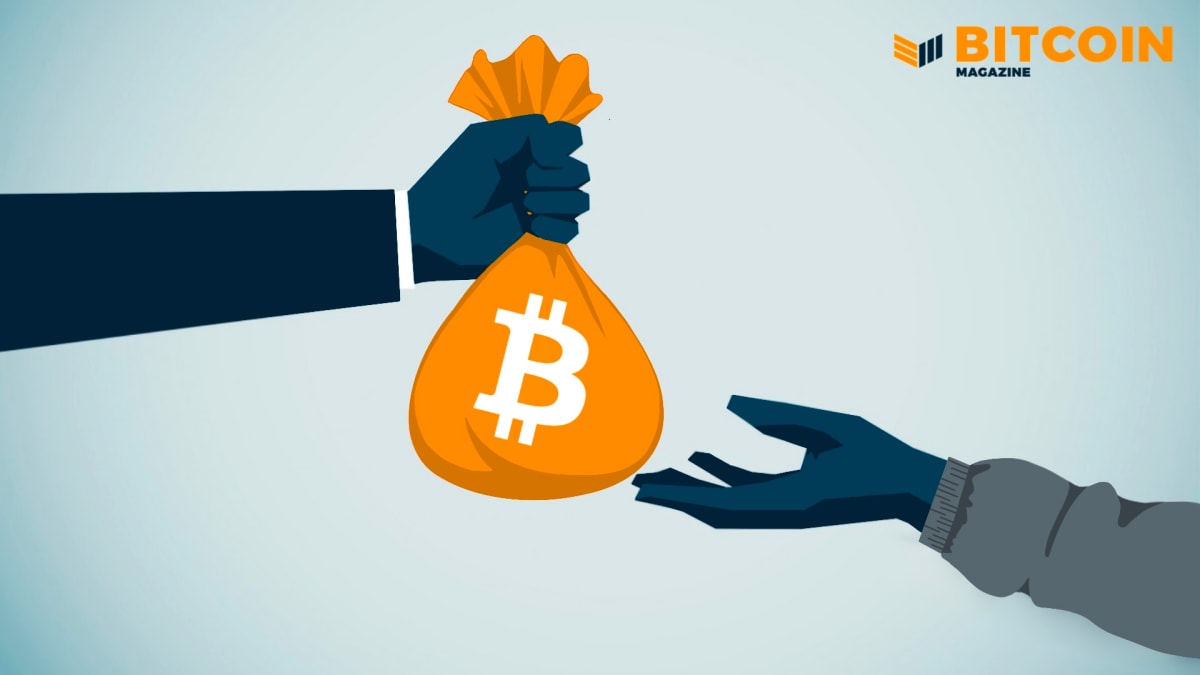With Record Bitcoin Buys, How Are Grayscale’s Investors Doing?
Grayscale’s Bitcoin Trust (GBTC) made headlines again yesterday with its record one-day addition of 16,244 bitcoin, adding to its stack of over 630,000 bitcoin and an assets under management (AUM) totaling about $23 billion. Evidently, business is good. So, who are Grayscale’s investors? Is GBTC’s premium an incentive, or a disincentive? And where will this fund move in the future?
What Is GBTC?
Grayscale owns bitcoin in its GBTC trust and investors buy shares that represent a number of those bitcoin. There’s a 2 percent per year management fee, in addition to a “premium.” The premium is the difference between the underlying bitcoin value (native asset value or “NAV”) versus the market price of the holdings (what the shares cost).
There are two layers of investors. There are the base-layer investors — accredited investors selected to buy into the private placement of the fund at the “NAV” price, aka the price of the underlying bitcoin value. Base-layer investors can send USD or bitcoin and receive a number of shares equivalent to the bitcoin value (it is currently 0.00094919 BTC/share).
One other key catch is that it’s one way. Once you put bitcoin into the trust, it can’t be taken out. Investors can sell their shares, but the bitcoin will remain in the trust and off the market.
“Grayscale Bitcoin Trust does not currently operate a redemption program and may halt creations from time to time. There can be no assurance that the value of the shares will approximate the value of the Bitcoin held by the Trust and the shares may trade at a substantial premium over or discount to the value of the Trust’s Bitcoin. The Trust may, but will not be required to, seek regulatory approval to operate a redemption program.”
Fine print from Grayscale’s website
Base-layer investors have a six-month lockup before they can sell their shares in the open market to the second layer of investors. These secondary investors must pay the higher, market price for the shares. Again, the “premium” is the difference between the price of open market shares versus the underlying bitcoin-priced shares.
How Are Grayscale’s Investors Doing?
The largest investor is Three Arrows Capital, which recently increased a $259 million position to $1.4 billion (equivalent to about 6 percent holding in the trust). It is one of the investors taking advantage of the recent trade by getting in as a private placement at the base layer of the fund.
By investing at the NAV, at the base layer, its shares are locked for six months, but it will then be able to sell the shares at the higher market price, locking in the premium. The premium historically stays at about 20 percent, but can pump in a bull market where demand for the shares is high. For example, it surpassed 40 percent in December 2020.
Another investor taking advantage of this? BlockFi, which owns about 5 percent of the shares in the trust. Blockfi will give you about 6 percent return when you lend it your bitcoin, because it can then lend your bitcoin to groups like the Grayscale Trust. In this case, it lends Grayscale the bitcoin and gets in on the fund where it can take advantage of the premium.
For those second-layer investors who are buying shares in the open market, the premium is a magnifying risk. If bitcoin dips hard, then losses will be deeper because you have the NAV (price of bitcoin) drop, as well as a drop in the premium you bought. Likewise, if you buy before a bull market and corresponding premium pump, your gains could be greater.
Why the premium? It’s the market gap between supply and demand. Demand for shares outstrips supply since new shares are continuously created but are delayed by the six-month lockup. Conversely, ETFs keep premiums in check because new shares can also be continuously created, but they have no lockup and can trade immediately. Premiums can be arbitraged away.
Is The Premium Worth It?
Why do smaller, secondary investors accept this GBTC premium risk versus a pure bitcoin buy?
For one, you can buy it easily with your traditional brokerage account. Two, you avoid self custody. Three, there are tax advantages as it is IRA eligible. And four, if you think there’s an upcoming bull run, you can take advantage of a premium pump.
Accredited investors obviously have a strong incentive with the premium to enter the private placement, but it’s more than that. For some institutional investors, GBTC is one of the few ways they can gain bitcoin exposure. Many investment funds have governing charters restricting direct cryptocurrency investment and/or they don’t want the hassle of custodying bitcoin. But basically, everyone is able to invest in publicly-traded assets, like GBTC, so they get the best of both worlds. Their internal regulations allow it and they avoid having to self custody.
But this won’t last forever. As the market matures and there are more options to trade bitcoin on a public market (such as a bitcoin ETF), there will be fewer secondary investors willing to pay the premium and it will drop to meet lower demand. When this occurs, GBTC will likely lower its above-average 2 percent management fee and file to convert to an ETF.
Overall, the GBTC premium occurs on the secondary market and provides a very attractive trade for those accredited investors that are able to join the private placement and invest at bitcoin’s NAV at the fund’s base level. However, this premium will begin to disappear as the market matures and more options to trade bitcoin on the public market emerge.
This is a guest post by Ellie Frost. Opinions expressed are entirely their own and do not necessarily reflect those of BTC Inc or Bitcoin Magazine.
The post With Record Bitcoin Buys, How Are Grayscale’s Investors Doing? appeared first on Bitcoin Magazine.









